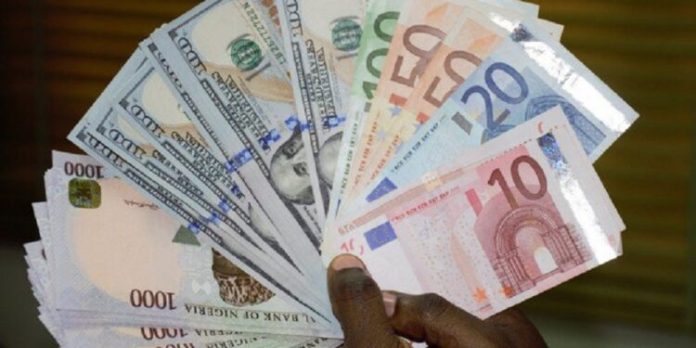The United States dollar slipped against key global currencies on Monday, amid continued uncertainty surrounding President Donald Trump’s stance on trade tariffs. The U.S. government has opted to postpone the imposition of reciprocal tariffs on all countries except China, sparking volatility in the forex markets.
In a recent development, President Trump announced temporary exemptions on several major technology imports from China, including smartphones and semiconductors. These exemptions form part of a broader strategy related to the latest tariff package targeting Chinese goods.
Despite the temporary relief, the U.S. administration later clarified that the exempted tech items are still subject to an existing 20% fentanyl-related tariff. Furthermore, a fresh round of special tariffs targeting electronics and semiconductor products is scheduled to be enforced within the next month.
In foreign exchange trading, the euro gained ground, with the EUR/USD pair climbing to 1.1388 from 1.1348 at the close of U.S. markets on Friday. The rate stood at 1.1361 earlier that same morning.
No major economic releases are expected from the Eurozone on Monday. Market watchers now turn their attention to the upcoming European Central Bank meeting on Thursday, where analysts widely anticipate a 25 basis point interest rate cut.
Meanwhile, the British pound also advanced against the dollar, with GBP/USD rising to 1.3197 from 1.3078 at Friday’s close, compared to 1.3086 earlier in the day. The UK has no major economic data scheduled for release on Monday. The Bank of England’s next policy meeting is set for May 8.
The Japanese yen made modest gains, as USD/JPY dropped to 143.1462 from 143.5132 at the end of U.S. trading Friday, though the rate remained above Friday morning’s level of 142.7583. New data showed Japan’s industrial production rebounded in February, albeit below expectations. The Bank of Japan is set to convene its next monetary policy meeting from April 30 to May 1.
Canada’s dollar also edged higher, with USD/CAD falling to 1.3850 from 1.3882 at Friday’s close and 1.3901 earlier that morning. The Canadian government is scheduled to release February data on motor vehicle and wholesale sales later in the day. The Bank of Canada will meet on Wednesday, with analysts forecasting no changes to interest rates.














